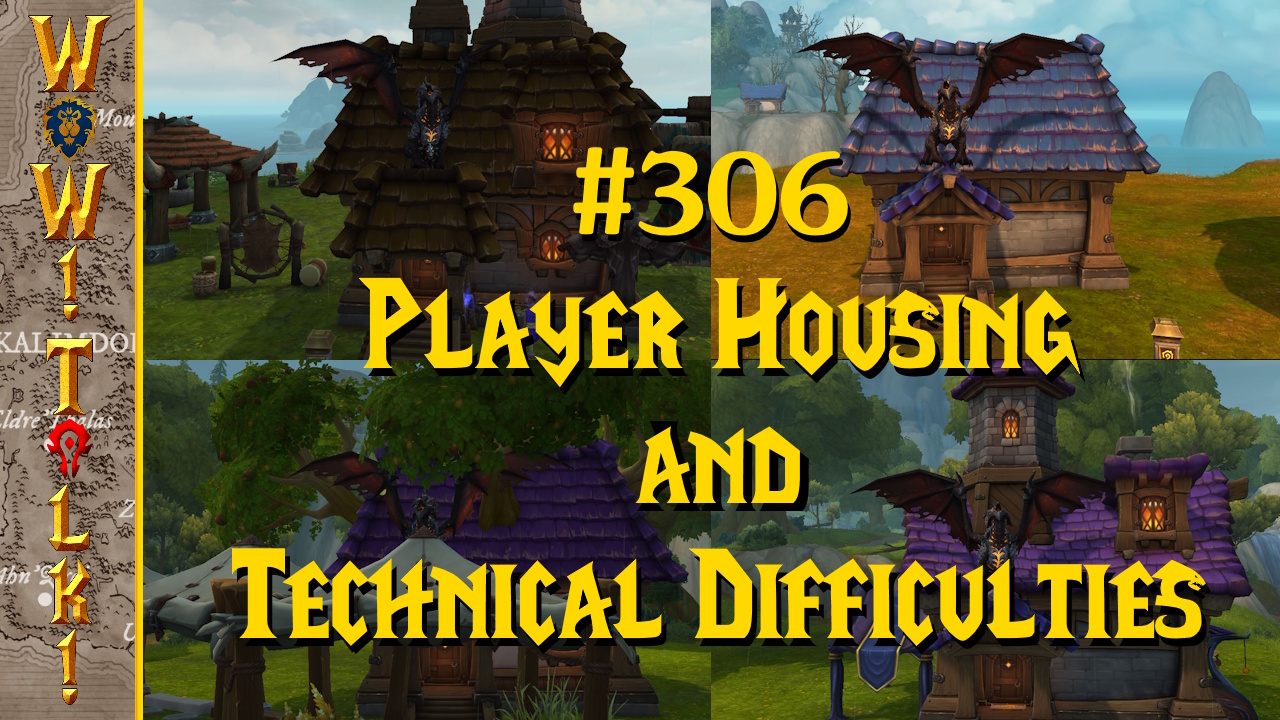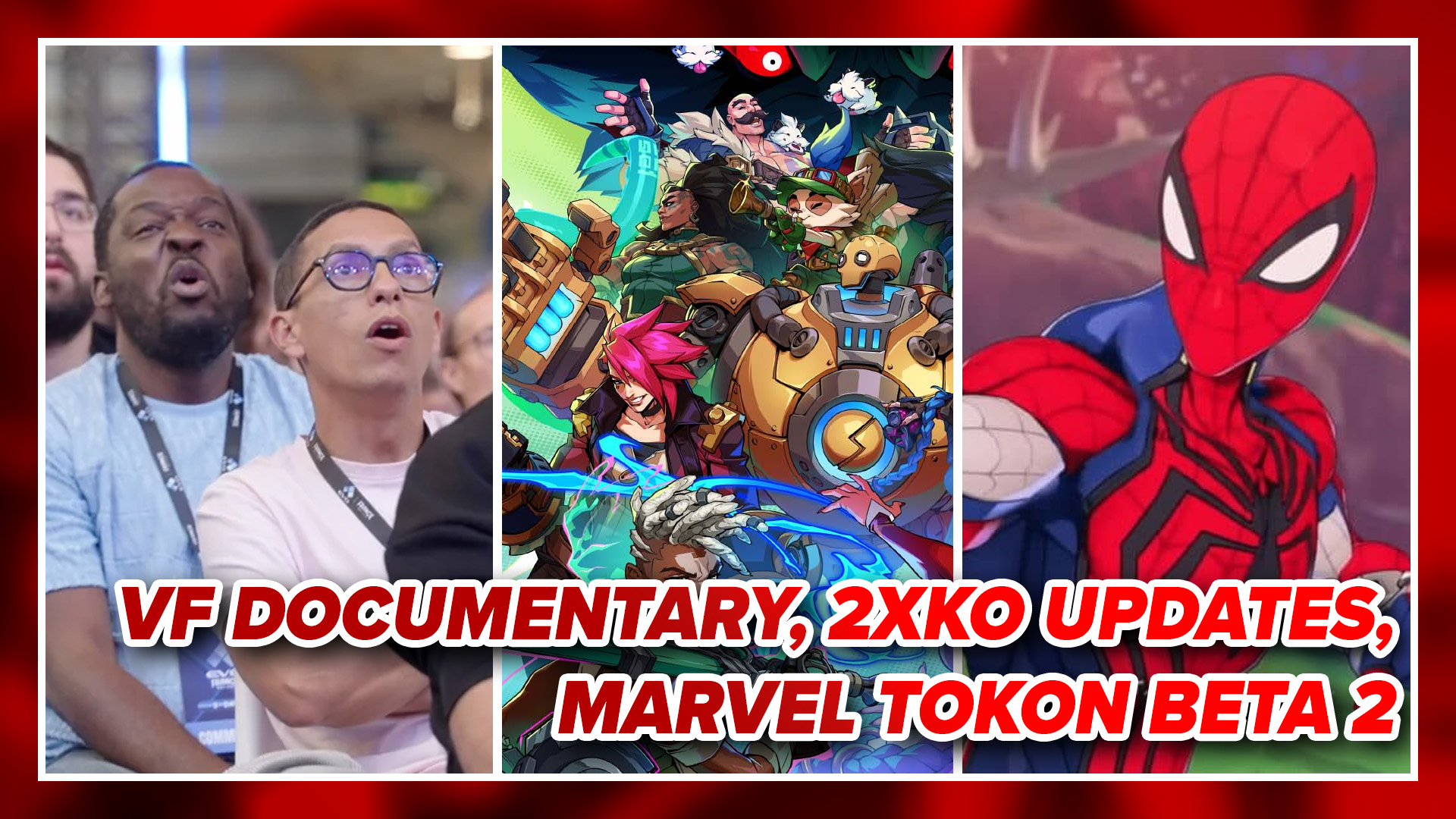
Atlus and Arc System Works have paired up to make a game that has a lot of different fan groups waiting to see if their new game, Persona 4 Arena, is a fanboy’s dream come true or a complete disaster. Persona 4 Arena (P4A) is a scary and exciting project for not only fans of Persona 4 but also the Guilty Gear and BlazBlue fans. I am very glad to say that the game is a dream come true to not only fighting game fans of Arc System Works, but also an amazing continuation of the Persona 4 story line.
When most people hear story in a fighting game they normally laugh and jump straight into multiplayer. The situation that the developers have thrown themselves in is that they have make a good story that makes sense or else it won’t feel like a Persona game, and instead it will cause them to lose the market they are trying to draw to this game. Glad to say that the story mode of the game does make sense and it feels like this is a true sequel to Persona 4.
The story takes place months after the events of Persona 4. Yu Narukami, the hero of Persona 4, is coming back the quiet town of Inaba during Golden week to have spend some time with his friends from the past year. While on his visit Yu notices something strange is happening when he sees the Midnight Channel come on TV the night he returns to Inaba. It shows all his friends from the Investigation Team together in the TV world at an event called the P-1 Grand Prix that appears to be ran by Teddie, a friend they met inside the TV world. The rest of the Investigation Team takes notice, while at the same time realizing some of their friends though have gone missing, and decide to travel into the TV world to see what exactly is going on.

The developers have created a story line that feels like it could be a successor to Persona 4, the only major negative thing I can say is that it falls into the trap of having a lot of dialogue and not enough actual combat in the story mode. They don’t break the flow enough with actual fights, but it’s nice to have a most of the returning cast from the Persona 4 and Persona 3 doing the dialogue for their respective characters.
There are other modes outside of story mode, and each one is done very well. There is a basic arcade mode where you run through the roster of characters to the final boss character. They also have a score attack mode where the CPU opponents are a lot stronger, and challenge mode where players can see if they can perform combos and moves set up by the creators. The training mode is also really well done, and has what is expected out of training mode in today’s fighting game standards.
Visually the hand draw sprites look amazing, and the backgrounds are reminiscent to areas across Inaba and in the TV world. All the artwork in the game looks amazing and I love the way each Persona is represented, and everyone’s moves look amazing down to every last super move. Everything feels and looks like it belongs in the Persona 4 universe, and if you played Persona 4 it can cause you to remember all the places like they are friends that you haven’t seen in awhile.

The sound design of the game is packed with tracks from Persona 4 and Persona 3, and each one sounds amazing and fits the scene. The voice acting is also really well done in story mode, but I still eventually switched it to Japanese speaking option. I wish there more tracks, but I honestly never get sick of hearing “Reach out for the Truth” in the heat of battle in Persona 4 Arena.
The roster consists of 13 characters, each one with a different Persona. The roster might seem a bit lacking but each character plays vastly different from the others. For instance, Yukiko is amazing at zoning and keeping people out, while Yosuke is a speed demon that can get across the screen in no time flat. Each character so far seems well balanced, but the game is still early so only time will tell what shenanigans people will find.
Combat feels very at home to a Guilty Gear or BlazBlue type of game, but there are enough tweaks to make this game very different than both games. Movement might seem familiar but they have added things the normal kinds of movement you would see in a Arc System Works game. They still have air dashes, jumps, dashes, and super jumps but what is interesting is that they added short hops and rolls that are staples in the King of Fighters series. These two simple things on top of all the movement options might seem daunting to new comers, and once you realize all the tools you have to move around its actually pretty impressive some of the tricks you can play on people.
Atlus and Arc System Works have implemented this fighter to be a 4 button fighter where each character has their characters moves and their Persona’s moves as well. Each button represents either the light and heavy attack for the character and their Persona. There are a lot of commands that will require double press inputs to pull certain moves off, but they are for more of the other kinds of tactics the player can pull off.

One of the more interesting things is that there are a lot of moves that have status ailments. Since the game is based off an RPG it only feels right that players should be able to have status ailments and status buffs. There are moves that cause status ailments that at times can feel annoying, but the more time the player puts into the game it becomes easier to deal with this mechanic. It’s interesting how a status ailment can mess with people and change the flow of combat.
The HUD is very simple but has a lot of information to keep up with. One thing to definitely keep an eye on is the SP gauge. This is the super meter that can be spent on EX moves that make certain specials better by spending 25 SP. Players can also spend 50 SP to perform a super move. There are instant kills that can be performed using 100 SP, and can only be activated if it will win you the match.
There is also an interesting come back mechanic called the awakened state. When your life is low enough you access an extended SP gauge that can hold up to 150 sp and the player will gain 50 sp instantly. They will also have access to super moves that are only available in this state. While its not anything like X Factor in Ultimate Marvel vs Capcom 3, it seems to be so far a pretty balanced come back method.

Another gauge is the Persona Gauge, and how it’s used can turn the tide of a match. When calling a Persona to attack they are still vulnerable to being hit, and if the character or Persona gets hit while its out one of the 4 cards that make up the gauge will be blackened out. When all 4 cards get blackened out a Persona Break state will occur. If the player is in this state they cannot do anything that would involve their Persona. That means no supers, no specials, and no Persona light or heavy attacks. This can cripple a character, so when you call your Persona make sure that you can protect it.
Like a Guilty Gear game there is a Burst gauge that will allow you to have access to a Burst that will allow the player to do one of 3 different things. If a character is being hit they can press the light attack, light persona attack and heavy persona attack to break the combo and send opponent flying off them. The second use is to burst at your opponent when you are hitting him with a combo. It will cause a Once more effect and launch them in the air allowing you to continue a combo. The third option is to burst on the opponent when neither the character is being hit or hitting, and if this bursts hits your opponent it will fill your sp meter to full.
Most of the move list is pretty simple though. A lot of the motions are just basic fireball throwing with a couple characters maybe having a bit more complex button presses because of stances and other nuances. I actually like how they made the game very easy to pick up and play. This simple tactic might be able to get the people that only play RPG’s to jump into a fighter and not feel that they will be handicapped too badly.

There is also a method of easy combo, and while it might seem a bit dumb it has its uses. It will allow people just starting to have a crutch to lean on till they can learn some other combos. The combo is done by pressing the light attack button over and over again, and while it’s simple it has its down sides. The easy input combo does not do that much damage, and if you’re not careful the player might waste meter that you did not intend to.
Online play is pretty smooth and works well, but nothing is completely perfect. When it came to ranked matches, trying to find people felt like it took forever. Once I actually got into matches though I only had a few hiccups, and it was honestly probably because the other person had a bad connection, because predominately the matches are pretty smooth.

The biggest compliment I can give to this game is that it doesn’t skip out on little details that can help make the game better. For instance they have a button configuration at the character select screen. This helps tournaments run smoother and keeps people from having to button check matches. They also have a hit stun meter that goes off during combos to show you how the hit stun is being done while mid combo so the player can see when the combo dropped or why it dropped. Not only that but if you are blocking low and get hit by an over head or blocking high and get hit by a low the game lets you know. A colored exclamation mark lets you know what you got hit by so now you know how you need to block. The game gives you the tools to make yourself better, and it wants you to have fun while doing it.
Persona 4 Arena is a literal dream game for anime fighter fans and fans of the Persona series. They stay true to the heavy story line, and also give us a rich in-depth fighter rivaling other fighters out there. The game play might seem daunting at first with all the options, but with a little time it gets easy to pick up and play. It’s simple to get into, but there is a deep combo system under the surface that rivals many other fighting games. This game deserves attention not only for the fighting game system, but the amazing story line in the game.




